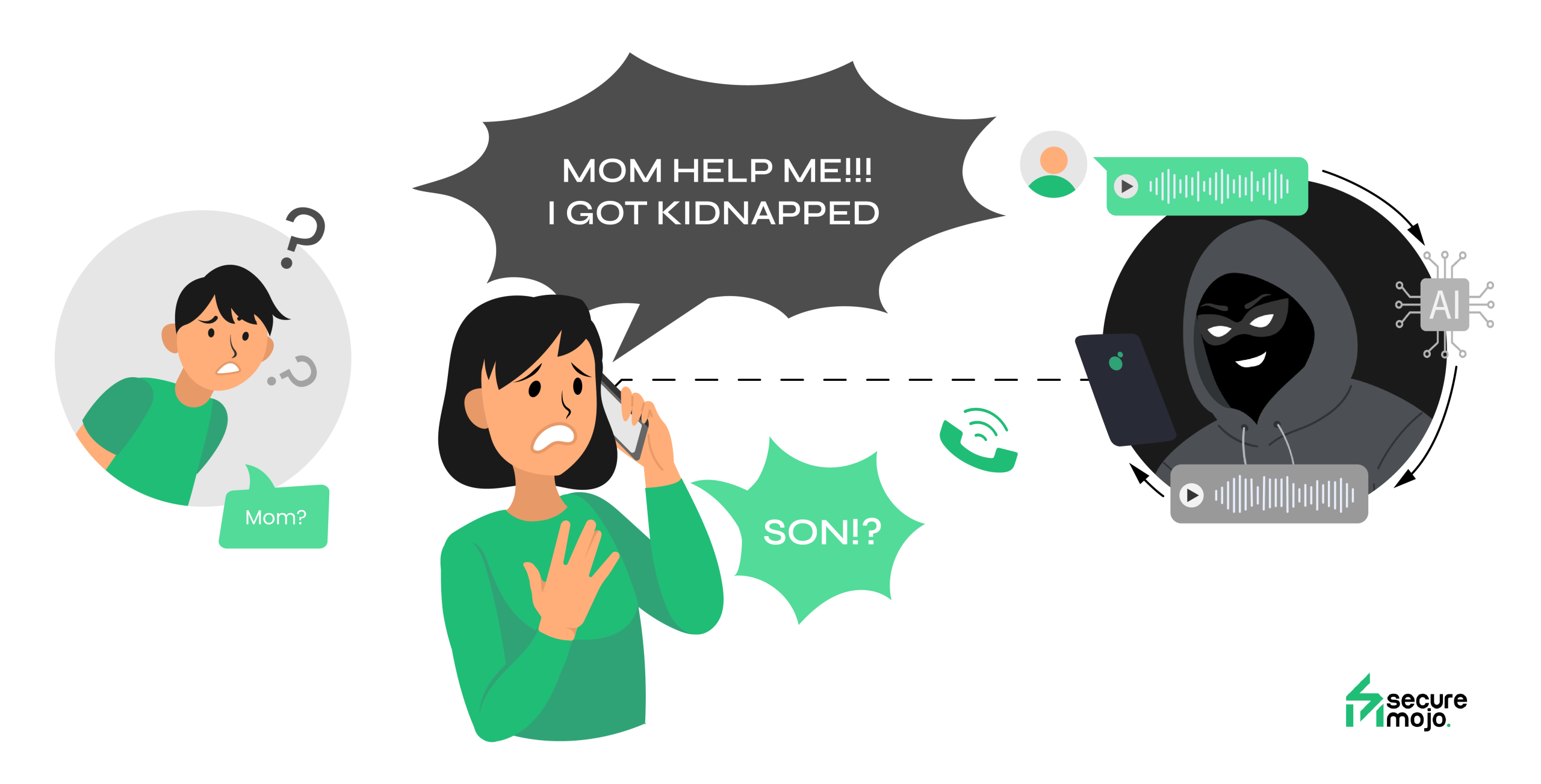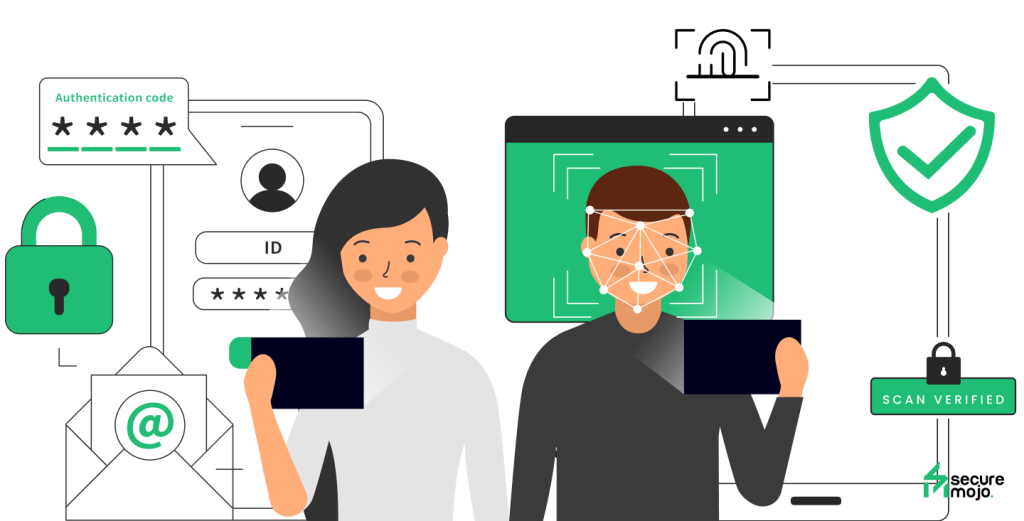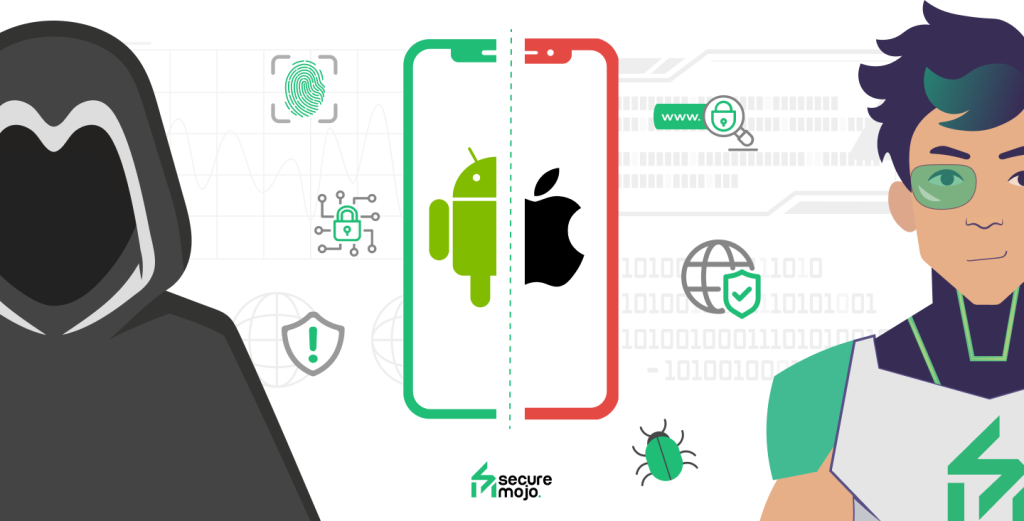What happens when your child’s voice can be cloned, or their game friend turns out to be a scammer?
Why Are Children Easy Targets for AI Scams?
Children are naturally trusting, curious, and digitally connected. They share bits of their lives online—through gaming chats, social media, or school platforms—without understanding how these tiny data crumbs can be pieced together by bad actors. A photo here, a voice recording there, and a scammer suddenly has enough material to impersonate a child or manipulate them.

Take the case from Arizona where scammers used AI to clone a teenager’s voice, calling her mother with a fake kidnapping demand. The panic was real. The voice was identical. And for a few terrifying moments, the scam worked. Similar incidents have been reported globally, with scammers asking for ransom money or sensitive information by mimicking children’s voices using AI.
The Digital Playground Is Growing—and So Are the Threats
It’s not just about fake voices. AI is being used to create deepfake videos, emotionally manipulative chatbots, and even educational content embedded with misinformation or malware. The line between what’s real and what’s not is growing blurrier by the day—and for children who are still learning how to think critically, it can be a dangerous blur.
Even seemingly innocent apps can become threat vectors. A child playing a mobile game might receive a pop-up message that looks like it’s from a friend, encouraging them to “click this link” or “share a funny voice clip.” That click could lead to malware, phishing, or even worse—data harvesting that fuels future attacks.

The emotional weight of these scams is what makes them so effective. Kids don’t want to get in trouble. They don’t want to disappoint their parents. Scammers exploit that fear, urgency, and confusion to manipulate them.
What Can Parents Do?
Here’s the truth: you don’t have to be a tech expert to protect your kids online. What you do need is awareness, open communication, and a few key habits that can make all the difference.
Here are some effective tips to safeguard your family:
- Create a family “safe word”: A secret word or phrase only your family knows. If someone claims to be your child (via call, message, or voice note), asking for this word can help confirm their identity.
- Teach your kids to pause before responding: If they get a strange message or call—even if it seems urgent—encourage them to stop, breathe, and verify.
- Limit what you post about them online: Avoid sharing their school name, daily routines, birthdays, or voice clips on public platforms.
- Regularly check privacy settings together: Review social media, gaming apps, and browser permissions to ensure they aren’t oversharing by default.
- Discuss scams like you’d discuss “stranger danger”: Help kids understand what AI scams are, how they work, and that it’s okay to come to you if something online feels wrong.
- Encourage open, judgment-free conversations: The safer your child feels talking to you, the more likely they’ll come forward early when something goes off.

Empower Digital Confidence, Not Fear
The AI revolution isn’t going away. Voice cloning will become more convincing. Deepfakes will get harder to detect. But that doesn’t mean we’re helpless.We’re not raising kids in the same world we grew up in—but that’s not a bad thing. With the right tools, habits, and conversations, we can raise a generation of digitally smart, emotionally resilient kids who know how to question what they see, verify who they trust, and spot red flags before they fall for a scam.
Cybersecurity isn’t about fear—it’s about confidence. Confidence that your kids can navigate the digital world safely. Confidence that they’ll talk to you. And confidence that, together, your family can outsmart even the smartest AI-driven frauds.
Found this article interesting? Follow us on Twitter , LinkedIn and also on our Website to read more exclusive content we post.















